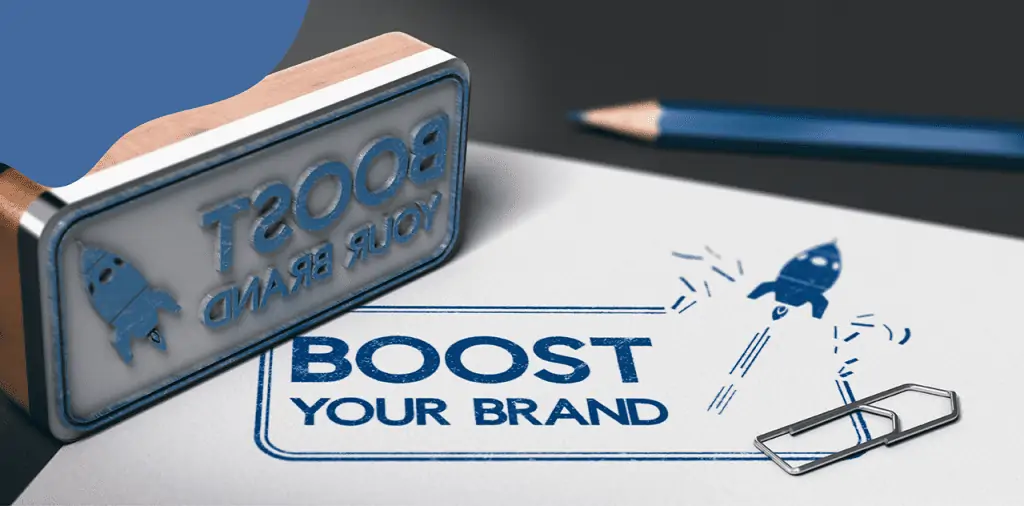How to Develop (a Unique) Brand Identity For Your Business

Whether you’re actively managing brand identity for your business or not, it exists. And the chances of coming out as the ideal choice to your potential clients rests on how strong and reliable your brand identity is.
What I gathered from talking to small business owners I know is that they already understand that branding is essential to their business. But, a surprisingly high number of them don’t really know why.
They recognize the link between successful businesses and strong branding. And, they aspire to build a brand that creates similar success for themselves. They also understand that branding is not just a logo or how their business is perceived externally. But very few realize that successful brands have this branding at the heart of the business. So much so that in many ways you could almost substitute the word brand for business.
So, what are the crucial steps you need to take to build your brand identity?

The truth is: branding doesn’t happen overnight…or even in a few months. Successful branding takes a lot more than the budget. It is definitely a process and requires a strategy. It also demands creativity, wit, and an understanding of the brand and its audience. And don’t forget understanding the marketing channels used for small business branding.
Here are the crucial steps you need to take.
Step #1: Start by defining your brand (and think of it as a person)
What you must do first is review the product or service your business offers. Pinpoint the space in the market it occupies and research the needs and concerns of your customers. Your brand character should promote your business, connect with your customer base and differentiate you in the market.
Every one of us is an individual whose character is made up of beliefs, values, and purposes that define who we are and who we connect with. Our personality determines how we behave in different situations, how we dress, and what we say. Of course, for people it’s intuitive and it’s rare that you even consider what your own character is. But when you’re building a brand identity for your business it’s vital to have that understanding.
While defining and exploring your brand identity, you should find answers to the following questions:
- What are the 3 words that describe our small business?
- What are the core mission and vision of the company?
- What do we bring to the marketplace?
The answers to these questions can help you find the true identity of your brand.
Step #2: Research Your Audience, Value Proposition & Competition

Without knowing what kind of person you’re trying to connect with, it’s going to be tough to hold their attention. Once you know your audience, it’s so much easier to figure out which platforms to find them on, as well as what to say – and what not to say. With plenty of competitors out there, knowing your position is key to standing out.
Understand who your customers are – every business has at least one target customer group. If you are trying to sell a product or service, find out who is most likely to buy it. Then ask your marketing team the following questions:
- How old are your customers?
- Are they predominantly male, female or other genders?
- What is their socio-economic status?
- What is their purchasing power?
- What’s their predominant location and language?
- What do they expect from your product/service?
- When will they use your products/services?
You can use your target market to guide your branding. It can help you craft a brand identity that can connect with your target market and make your company stand out.
Step #3: Outline The Key Qualities and Benefits Your Brand Offers

The key to building a strong brand is to highlight the main qualities and benefits that your brand offers to customers. There are almost certainly going to be some brands in your industry that are larger than yours, which is why your main focus should be to differentiate your business and brand from the competition.
If you can find things about your products or services that no other company in your industry offers, you should be able to start creating a memorable brand. Maybe your company provides a more affordable product than most or is known to offer stellar customer service. Try to avoid making a basic list of features that your services or products provide to customers. Instead, it’s important to figure out how your company provides value and how your brand is unique.
Step #4: Create A Brand Logo And Tagline

If you want to be able to effectively grow your brand, you should create a brand logo and tagline that can represent your business in all of your marketing materials.
Now, you know a brand logo, but what is a tagline?
A tagline is defined as a catchphrase or slogan, especially as used in advertising, or the punchline of a joke.
When it comes to marketing, a tagline is your business’ mantra; it tells people who you are and what you stand for in a few succinct words.
In order to create a strong logo and tagline, it’s recommended that you seek assistance from a design firm or someone in your business who you know to be highly creative. Branding agencies can help you craft the right logo. That typically includes your brand name, a color palette that matches your business, iconography, web elements, and various fonts.
A brand logo – think of it as the face of your company. Your logo should come before the business cards, letterheads, and websites. Business cards – you definitely need business cards with typefaces and colors that match your logo.
Step #5: Improve Your Site’s Visibility in Search Results

After you’ve created a strong and memorable logo along with other branding elements, it’s important that prospective and current customers see your branding and become familiar with it. To do this, it’s recommended that you improve your site’s visibility in search results.
Internet users rarely click past the first page of results for their search engine queries. If you want to bring in visitors to your website, it’s important that you improve your ranking in relevant search results.
If you can get your website to be among the first three results for relevant queries, you should see a notable uptick in the number of visitors who reach your website. You can improve your site’s visibility by performing search engine optimization throughout your website. By increasing the speed of your site and implementing keywords into blog articles, you can boost site traffic and bring in more organic traffic.
Read More: Everything You Need to Know About SEO and Domains
Step #6: Don’t be a copycat

It’s no mean feat, but it has to be done. Do not in any way try to copy one of the big brands. Avoid making comparisons – others will do it for you. Unless you wish to fade away in the mass of other small businesses which are looking up to their big competitor, remain true to your vision and drive.
Admittedly, you’ll find that creating a brand for your business is more complex once you begin applying these ten small business branding tips. However, even though it is challenging and demanding to build your own brand, one day you will look back and know it was all worth it.
Step #7: Never Take a Break From Building Your Brand Identity

Brand building is a never-ending process. Just like you will have to keep adding elements to your website to keep it relevant and usable, your brand identity will also need to evolve.
You need to pay attention to altering your brand strategy whenever your customers demand a fresh new look. For that, you will have to invest in market surveys. And, also customer feedback like the successful brands have done over the ages.
For example, Coca-Cola has changed its logo over the last 130 years to appeal to the masses all over the world. From finding its place in pharmacies beside regular OTC medicine to becoming the soft drink that connects people; Coca-Cola has overhauled its image in almost every decade.
Wrapping Up

Branding is not a one-day effort or a short-term investment. It will take a lot more than a team of marketing experts and a lavish marketing budget to turn your small business into a trusted brand of the people.
The 7 steps and tips mentioned above will help you define your presence and develop a brand identity for your small business. To define your market presence, you should begin working on your brand today!
